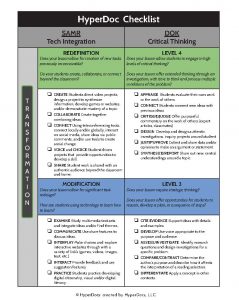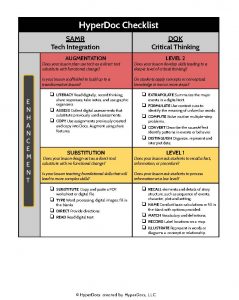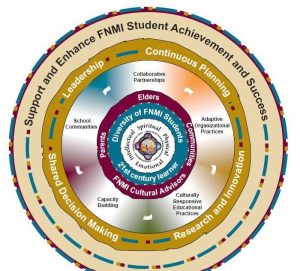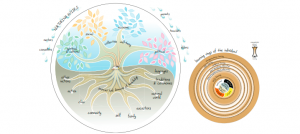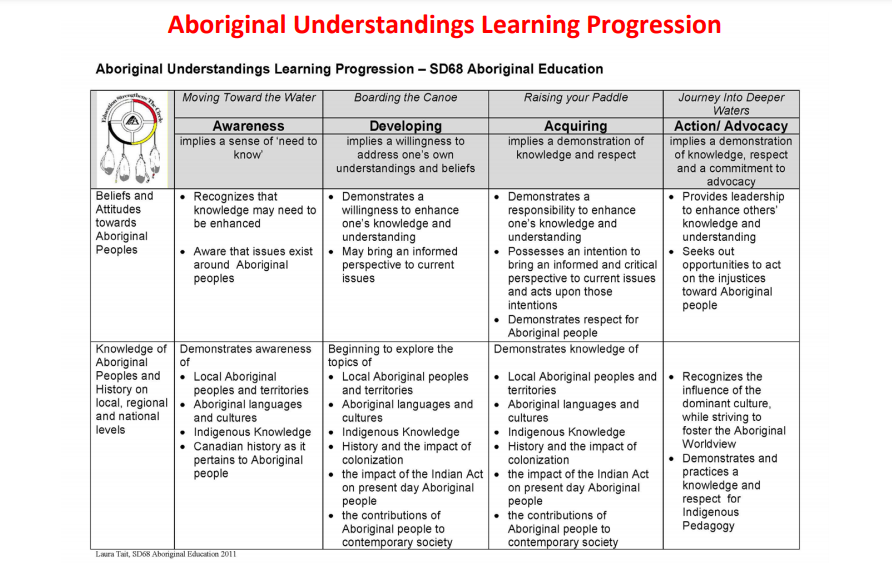As part of my MET program, specifically in ETEC 510, we focused a lot on the purpose of technology in learning environments – basically – why we choose what we choose. One of the tools that have really made a positive impact on my learning, along with that of my colleagues in my school is Ruben Puentedura’s, SAMR model, which is seen below from The Scholarly Teacher.

As I’m developing a digitally based Unit, it is crucial for me to engage in reflection of the type of technologies I’m going to use or have my students use and ensure that we are not just substituting for something else. Below is a checklist I plan on using to do just this – reflect on the choices I make to allow my students to create, connect, and collaborate beyond the classroom. You can CLICK the images to be taken to a Google Doc of this checklist.
